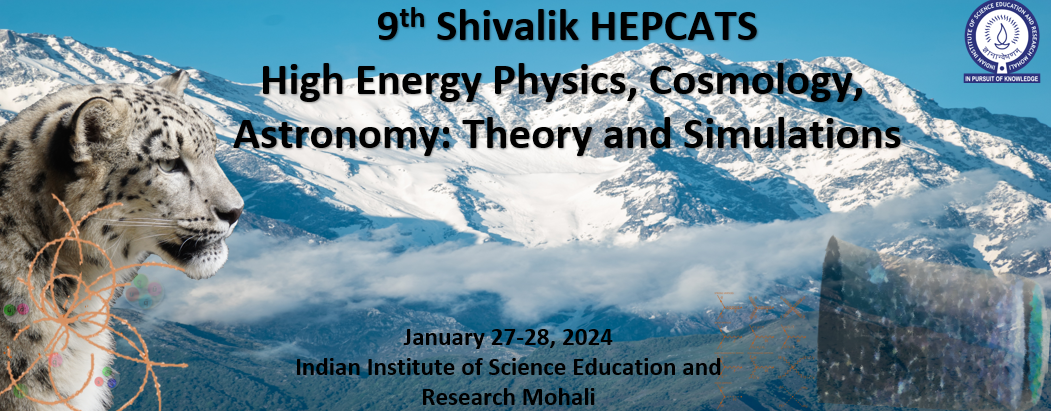Speaker
Description
Blazars are the most powerful subclass of active galactic nuclei and are observed across the entire electromagnetic spectrum, from radio to high-energy (HE) to very high-energy (VHE) gamma ray. In this work, we have examined the long-term behavior of the bright TeV gamma-ray TXS 0518+211. We constructed a multi-wavelength light curve of this source using Swift-XRT/UVOT and Fermi-LAT data. Subsequently, we divided the entire light curve into 11 different epochs, labeled from Epoch-A to Epoch-K, based on the simultaneous observation optical-UV observations. Low flux states (e.g. Epoch-A, Epoch-E, etc.) can be well described by a simple one-zone SSC (synchrotron self Compton) model. However, we encountered a challenge with Epoch-I, where the X-ray flux is relatively high compared to the optical and gamma-ray flux, indicating an orphan X-ray flare. This feature, particularly pronounced in Fermi-LAT data below 4 GeV, is challenging to explain using the simple one-zone model. A two-zone model can account for this behavior. Very high-energy observation during X-ray flares are crucial for understanding the two-zone emission scenario. Therefore, it is encouraged to observed this source in the VHE range. The possible time range for VHE observation can be anticipated from the quasi-periodic-like variability nature of the source.

